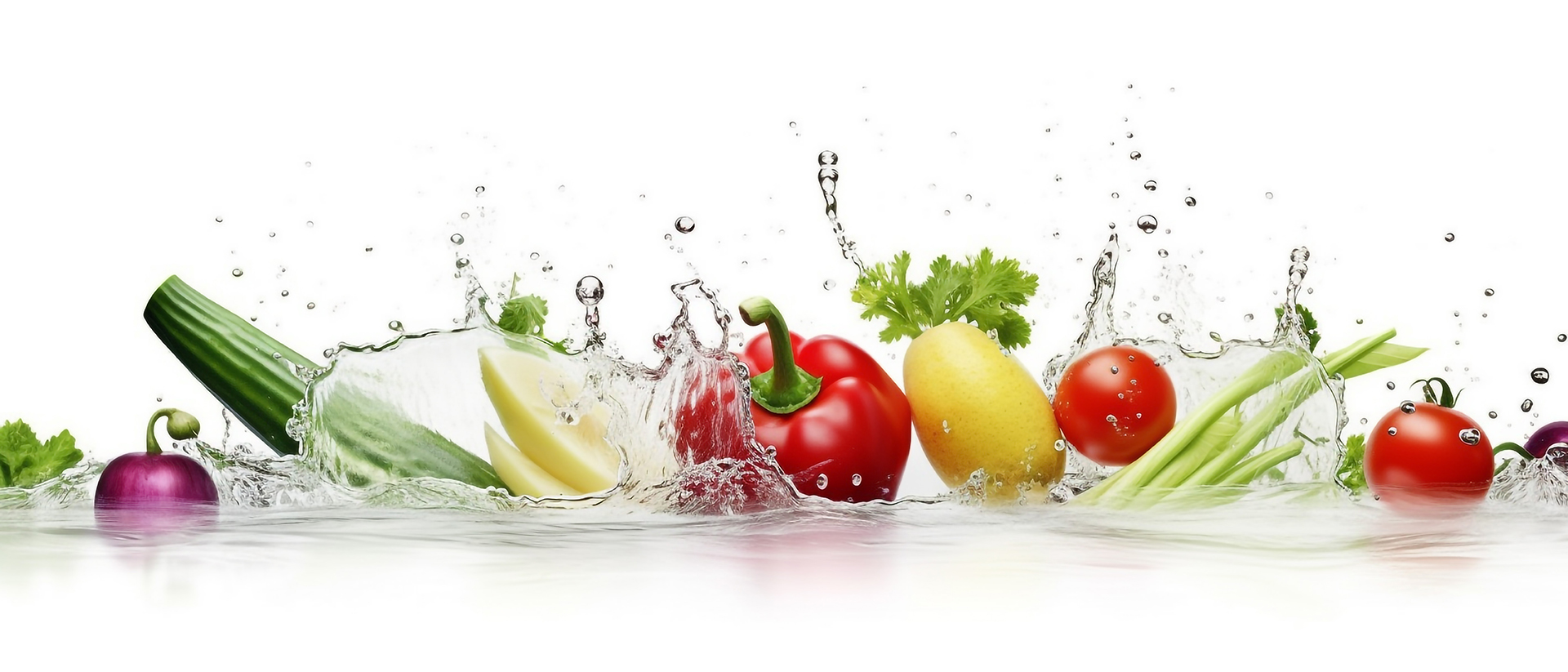The Effects of Hormones in Dairy Milk on Cancer
by Dave Johnson · Published · Updated

The Effects of Hormones in Dairy Milk on Cancer
Most of the focus has been on synthetic chemicals found in pesticides, plastics and sunscreens that have estrogenic effects, with some activists suggesting that these are responsible for our “epidemic of cancer.” The fact is that there is no such epidemic, although there is some evidence that the hormone related cancers have increased somewhat. And that may be due to increased environmental hormone exposure, but not necessarily from synthetic chemicals. Natural estrogens are up to 100,000 times more potent than the synthetics that have estrogen mimicking properties. Where are these potent natural estrogens? You can find them in milk. If we are looking for a hormone-cancer connection, why not look at dairy products? They make a very significant contribution to our hormone intake and epidemiological studies suggest a link with some cancers. In men aged 20 to 39 milk and cheese consumption correlate strongly with the incidence of testicular cancer. In countries where dairy is rarely consumed, Algeria being an example, testicular cancer is rare, while in Denmark and Switzerland, where cheese is eaten in abundance, testicular cancer rates are high. In Japan, prostate cancer was almost non-existent fifty years ago, but has risen in incidence since, paralleling an increase in dairy consumption. Still the rate is only one tenth that in North America where interestingly we consume a lot more dairy products.
Is a connection to dairy scientifically plausible? After all, dairy consumption is not a new idea. Why hasn’t a connection between it and cancer been noted before? Perhaps it has to do with the fact that the milk we’re drinking today is different than that in the past. It has a higher level of hormones. This has absolutely nothing to do with bovine growth hormone which is being used in the States but not in Canada to increase milk production. That’s an irrelevant factor. But what is not irrelevant is that today cows are milked for about 300 days a year, and much of that time the cows are pregnant. Estrogen sulphate, the main estrogen in milk, is about thirty times as abundant in milk from pregnant cows than in milk from non-pregnant ones. And the amount of estrogen increases during the later stages of pregnancy. Progesterone also increases. A comparison of “modern milk” with milk in Mongolia, where cows are traditionally milked only five months of the year, and only during early pregnancy, reveals that the Mongolian milk has a lower hormone content. North American skim milk, though, is an exception. It has as low a hormone content as Mongolian milk since estrogen resides in fat. Another disturbing facet of the dairy-cancer connection is that rats fed milk develop more tumours than those fed water. None of this of course proves that dairy products are a factor in cancer but further investigation is warranted. In any case, you don’t have to go to Mongolia for your low-hormone milk, you can just drink skim milk. – Joe Schwarez PhD





We will always need to get the heavy metals and toxins out of our bodies as long as we eat, breathe or think. Which ones do you want to stop doing to avoid theses toxins? Or just take the BEST Zeolite!